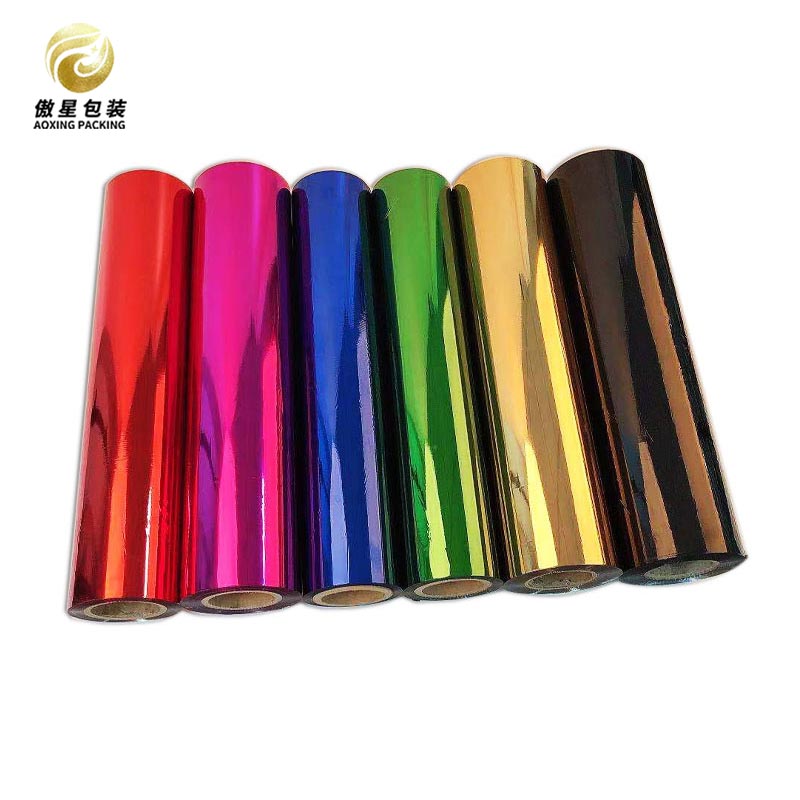Exploring the Pros and Cons of 12um PET Metallized Film in Packaging and Industrial Applications
2024-05-06
Metallized films play a crucial role in packaging and industrial applications, offering a balance of advantages and limitations that impact their suitability for various purposes. Among these, 12um PET Metallized Film emerges as a notable contender, prized for its unique combination of properties. In this blog, we'll delve into the advantages and limitations of using 12um PET Metallized Film and assess its durability and performance in different contexts.
Advantages:
1. Superior Barrier Properties: 12um PET Metallized Film boasts exceptional barrier properties, effectively blocking moisture, gases, and light. This feature is invaluable in packaging applications, where it helps extend the shelf life of perishable goods and maintains product freshness.
2. Enhanced Reflectivity: The metallized surface of the film offers high reflectivity, making it ideal for applications where light or heat reflection is desired. This property is advantageous in insulation materials and solar control films, where it helps regulate temperature and energy consumption.
3. Strength and Durability: PET films are renowned for their strength and durability, and the metallization process further enhances these qualities. 12um PET Metallized Film exhibits excellent tensile strength, tear resistance, and dimensional stability, ensuring reliable performance in demanding industrial environments.
4. Printability: The smooth surface of metallized PET film allows for high-quality printing and graphics, enhancing product visibility and branding opportunities. This feature makes it a preferred choice for flexible packaging, labels, and decorative applications.
Limitations:
1. Cost: Compared to other packaging materials, 12um PET Metallized Film can be relatively expensive. The metallization process adds to the manufacturing cost, making it less economical for certain applications, especially those with stringent budget constraints.
2. Environmental Considerations: While PET is recyclable, the metallized layer on the film can pose challenges for recycling processes. The presence of metal makes it harder to recycle and may limit its sustainability credentials in certain markets.
3. Susceptibility to Damage: Despite its durability, 12um PET Metallized Film is susceptible to scratching and puncturing, especially in high-traffic environments or during handling and transportation. Proper handling and storage practices are essential to minimize the risk of damage.
Durability and Performance:
In terms of durability, 12um PET Metallized Film excels, offering robust protection against external factors such as moisture, oxygen, and light. Its superior strength and tear resistance make it suitable for demanding packaging and industrial applications where reliability is paramount.
Performance-wise, 12um PET Metallized Film delivers consistent results, maintaining product integrity and quality throughout its lifecycle. Its barrier properties ensure optimal protection for packaged goods, while its reflective surface offers added functionality in insulation and solar control applications.
In conclusion, 12um PET Metallized Film offers a compelling combination of advantages and limitations that must be carefully weighed against specific application requirements. While its superior barrier properties, reflectivity, and durability make it an attractive choice for packaging and industrial applications, considerations such as cost and recyclability should also be taken into account. By understanding its strengths and limitations, businesses can make informed decisions about incorporating 12um PET Metallized Film into their product packaging or industrial processes, ensuring optimal performance and efficiency.



